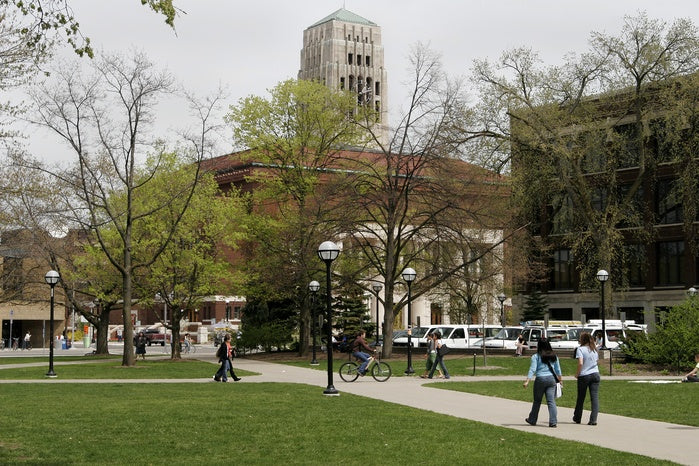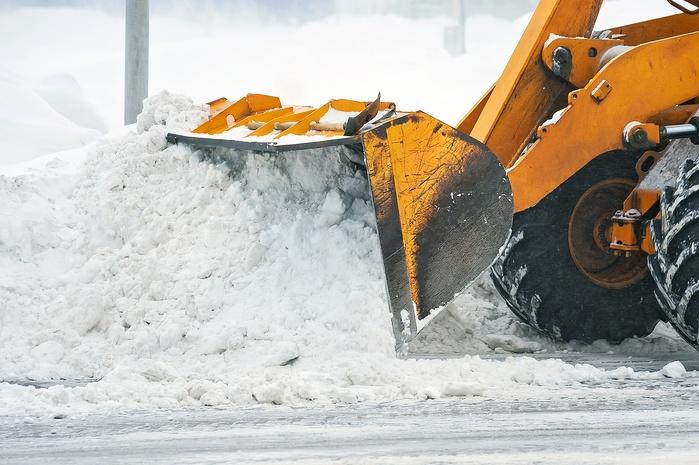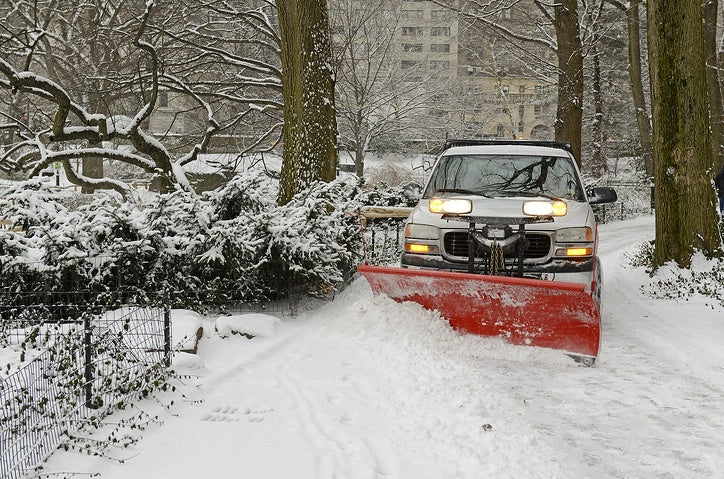
After summer break ends and students return to campus for the fall semester, facility managers have only a limited amount of time to care for the grounds and the buildings. They must be ready for routine, emergency, and preventative maintenance tasks both inside and out.
Inside, disease-spreading can be minimized by use of anti-bacterial soaps, hands-free towel dispensers, and a fast-action cleanup plan to deal with the large quantity of dirt that students will track in. Improved ventilation can improve indoor air quality by ridding the rooms of toxins, dust, and allergens. Buses should also be made to load and idle far from school windows and air intake points. Finally, all repairs and renovations should be complete before the students ever arrive.
The grounds, however, will soon become the main focus of attention for facility managers. These must be cared for through the autumn and prepared to meet the challenges that winter will bring. Here’s a short "back to school checklist" to assist in properly caring for facility grounds during the fall season:
- Are all walkways leading to building entrances fully ADA compliant?
- Are the soil, air, water, and all wooden landscaping structures clean and free of all chemical contaminants?
- Are pesticides being used a potential health hazard, and are students and staff given prior notice before pesticides are applied?
- Are fertilizer and weed-killer products fully stocked and being distributed according to a regular plan?
- Are trash cans positioned just outside of every building and along all high-traffic foot paths?
- Is a plan in place to mulch flower beds, shrubs, and trees before winter, and is your greenhouse ready to house delicate plants, so that they can last out the winter?
- Have special areas of concern, like sewage systems, wetlands, sinkholes, puddling ditches, and zones prone to collect leaf, sticks, and debris been identified and specially targeted?
- Is the sprinkler system or other irrigation method fully operational? Is recycled water being used to minimize costs and environmental impact?
- Do you plan to aerate, overseed, and heavily fertilize sports fields and other grassy areas that receive significant foot traffic during the year?
- Does all turf drain properly, and are above and below ground drainage systems safe, clean, and kept as inconspicuous as possible?
- Are leaves being collected in an efficient manner, ground into tiny particles, and reused as mulch and/or fertilizer?
- Have trees and shrubs been thinned out to reduce shade and, as a result, also reduce "winterkill" of turf?
- Has all equipment needed for the upcoming winter season been assembled, inspected, tested, and repaired as necessary?
- Is salt or another de-icer being stockpiled, and are staff who will be responsible for winter storm response operations mentally prepared for those duties?
- Does a system yet exist that will quickly communicate with students, faculty, and staff just before and following wintertime snow and ice storms?
When campus suddenly comes alive again after summer break, fall-time facility management duties must be immediately implemented. Buildings and grounds must both be kept safe and attractive, and turf and other green areas must be purposefully prepared for the upcoming winter season.


